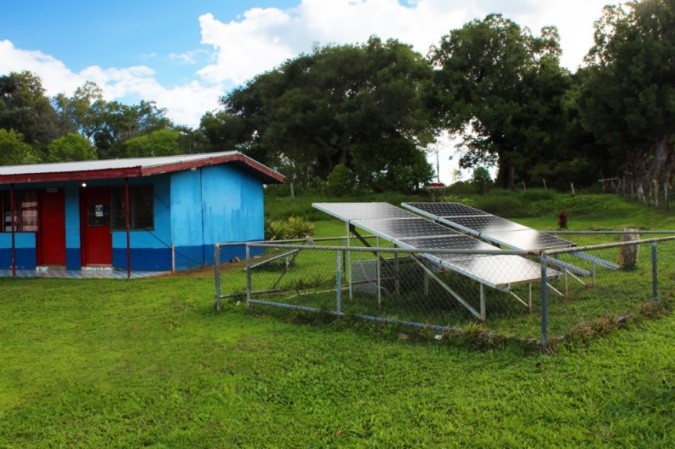mail info@star-centre.org
The IAEA's document, "Cuba: A Country Profile on Sustainable Energy Development," offers a thorough examination of Cuba's energy industry, emphasizing sustainable energy. It includes information on the energy sources, usage trends, regulations, technological progress, and environmental consequences in the nation. The report specifically points out Cuba's large potential for solar energy because of its plentiful sunshine. The text talks about different solar initiatives, such as setting up solar PV systems in rural regions and explains government regulations and rewards to encourage the use of solar power. Nevertheless, it also deals with obstacles like limited funds and the requirement for technological advancements to effectively utilize solar power.
Read more: STI/PUB/1328 (iaea.org)
The International Solar Alliance document gives a summary of Cuba's solar energy situation. In 2020, Cuba, a country with a GDP per capita of USD 9,478, has a high solar irradiation level of 5.4 kWh/m²/day, suggesting significant solar energy opportunities. In 2021, Cuba possessed a solar capacity of 245.9 MW and plans to raise the percentage of clean energy to 37% by the year 2030. The government has implemented incentives, waived import tariffs, and provided tax benefits to encourage the use of renewable energy. Despite these initiatives, obstacles like substantial distribution losses and the necessity for significant infrastructure investment persist. Unión Eléctrica manages the transmission and distribution of electricity under the supervision of the Ministry of Energy and Mines, which oversees the power sector.
Read more: Energy Profile Cuba
The IRENA report on Cuba’s renewable energy profile highlights the country’s energy landscape as of 2021. Cuba’s total energy supply was 1,014,000 TJ, with renewable energy contributing around 22%. The primary sources of renewable energy in Cuba are bioenergy and solar power. The report emphasizes Cuba’s efforts to increase its renewable energy capacity through various initiatives and policies, aiming to reduce reliance on fossil fuels and enhance energy security. Despite these efforts, the country still faces challenges in achieving its renewable energy targets, indicating a need for continued investment and policy support. Following indicators are captured in the report:
1. Country indicators and SDGs
2. Total energy supply
3. Renewable energy consumption
4. Electricity capacity
5. Electricity generation
7. Energy and emissions
8. Renewable resource potential
Read more: Cuba_Central-America-and-the-Caribbean_RE_SP.pdf (irena.org)

